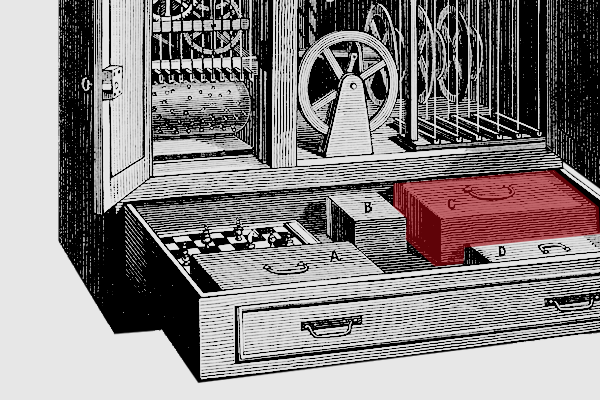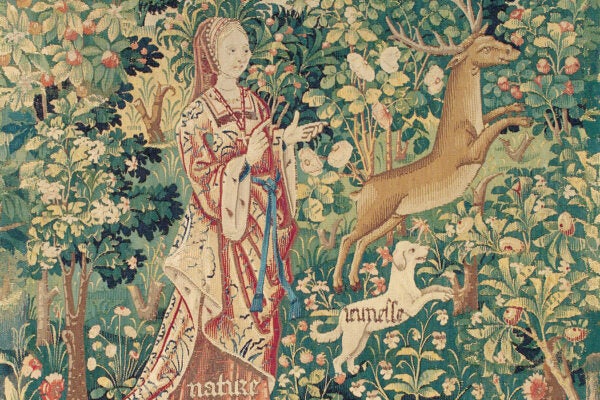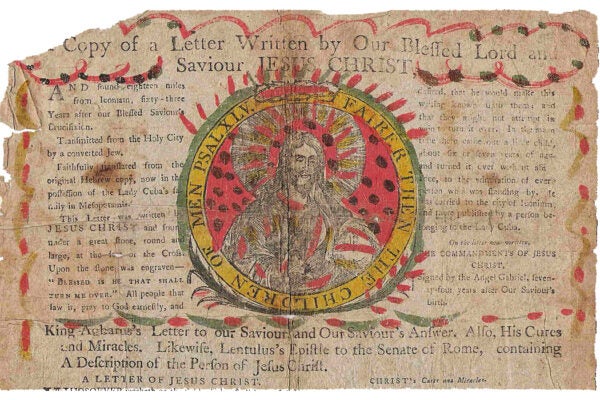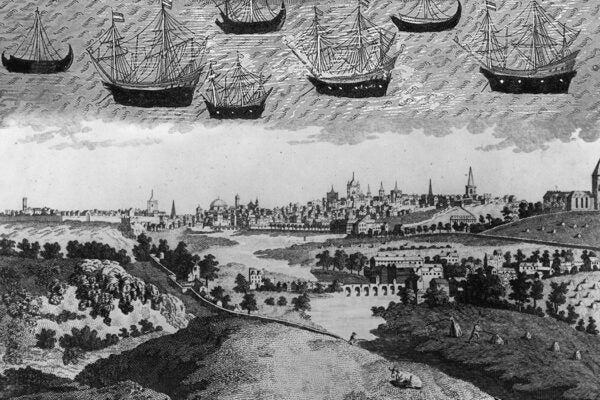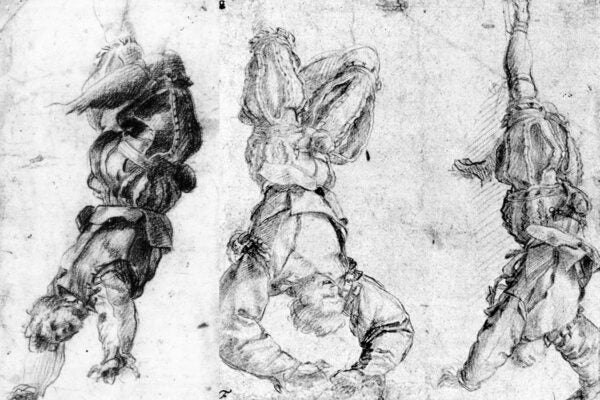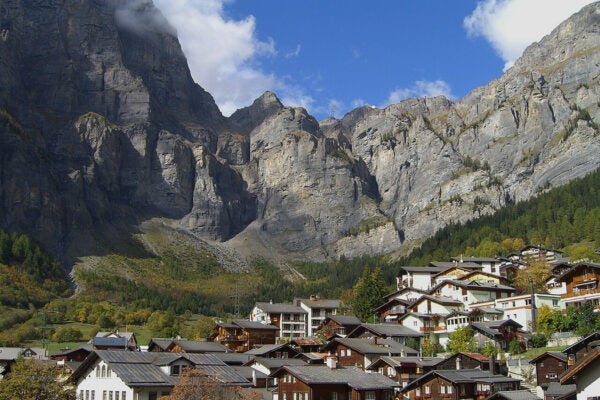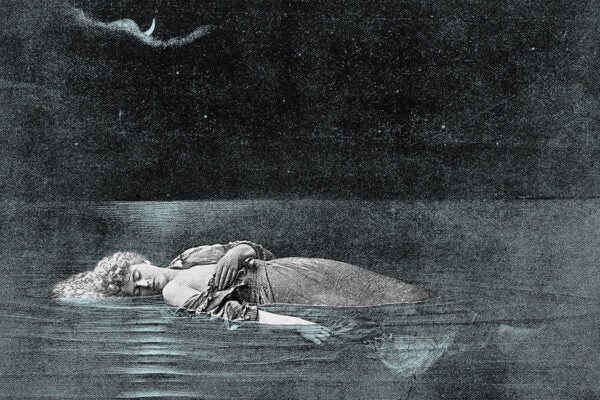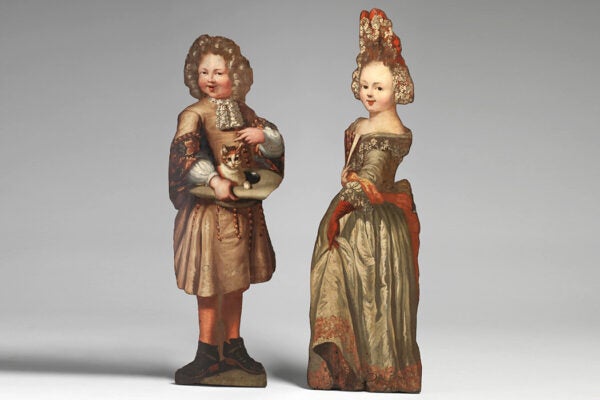Reading “The Book of Nature”
Beginning in the Middle Ages, the natural world was viewed as a Christian parable, helping humans to give divine meaning to plants, animals, and the heavens.
Himmelsbriefe: Heaven-Sent Chain Letters
For more than a thousand years, people have used letters allegedly written by Christ as both doctrinal evidence and magical charms.
Autopsy of a Saint
In the late thirteenth century, followers of the Italian abbess Clare of Montefalco dissected her heart in search of a crucifix.
Athanasius Kircher’s “Musical Ark”
The first algorithmically generated music came to us in the seventeenth century, courtesy of Kircher and his Arca musarithmica.
Ireland’s Upper Sea
In medieval Ireland, ships that sailed across the sky were both marvelous and mundane.
Punitive Portraits of the Renaissance
The Italian legal tradition called for the public display of a humiliating—but recognizable—portrait of the disgraced person.
The Women Who Preached in Their Sleep
Was sleep-preaching an ingenious way for oppressed women to subvert the social order through somniloquy?
Unmaking a Priest: The Rite of Degradation
The defrocking ceremony was meant to humiliate a disgraced member of the clergy while discouraging laypeople from viewing him as a martyr.
Dummy Boards: the Fun Figures of the 1600s
These life-sized painted figures, popular in Europe and colonial America in the seventeenth and early eighteenth century, were designed to amuse and confuse.
